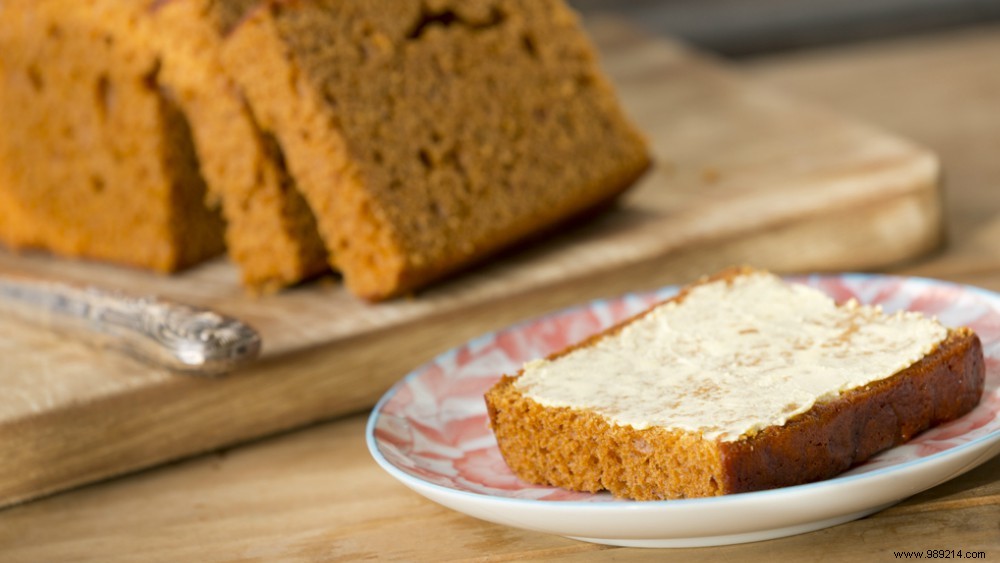
Gingerbread is a tasty snack, but also a real sugar bomb. How much sugar is there really in Gingerbread? The Consumers' Association found out.
The Consumers' Association examined the Nutriscore of fifty brands of gingerbread. The Nutriscore provides an assessment of the nutritional value of a product from A (green) to E (red). What seems? Only 6 products received an A, no fewer than 29 products a C and 15 products a D. According to Sandra Molenaar, the director of the Consumers' Association, the nutritional value of the gingerbreads varies quite a bit. “It's not easy to see on the shelf. Nutriscore makes the differences immediately clear. That is why we advocate that this food choice logo is also introduced on all foods in the Netherlands.”
Read also: '15 snacks that contain 100 calories'
The manufacturers try all kinds of tricks to make their product look healthy and to disguise the enormous amount of sugar. For example, they talk about 'whole wheat', while only part of the flour is whole wheat, so that it contains hardly any more fiber than a normal gingerbread. Terms like 'with rye' are also used, while rye is a basic ingredient of gingerbread and 'low-fat', while gingerbread never contains much fat.
What is a lot in gingerbread is sugar. Even though it says 'less sugar' on the package, it still contains 20 grams of sugar per 100 grams. That is roughly equivalent to no fewer than five sugar cubes. Products marked with 'zero' or 'lower cal' contain less sugar. Instead of sugar, it contains sweeteners such as maltitol and xylitol. A regular gingerbread contains no less than 38.8 grams of sugar per 100 grams. And a pearl candy variant is even sweeter:no less than 42.3% of this gingerbread variant contains sugar.
From 7 to 13 June, the Diabetes Fund is organizing the National Sugar Challenge:food and drinks without added sugars for a week. Are you also participating?